 Published in 2009 by
Published in 2009 by
Grub Street
4 Rainham Close
London
SW11 6SS
Email:
Web: www.grubstreet.co.uk Text copyright Cecilia Scurfield 2009
Copyright this edition Grub Street 2009 First published by Faber and Faber as Home Baked in 1956 and Home-Made Cakes and Biscuits in 1963 A CIP record for this title is available from the British Library
ISBN 978-1-906502-37-9
Digital Edition ISBN: 978-1-909166-88-2 All rights reserved. No part of this book may be reproduced or transmitted in any form or by any means, electronic or mechanical, including photocopying, recording or any information storage and retrieval system, without permission in writing from the publisher. Printed and bound by MPG, Bodmin, Cornwall on FSC (Forest Stewardship Council) paper Publishers note
These two books, now combined into one volume, were first published almost 50 years ago. Apart from adding metric measures to aid contemporary readers, the text remains unaltered to retain the integrity and charm of what have become regarded as classic works much admired by Elizabeth David. CONTENTS 
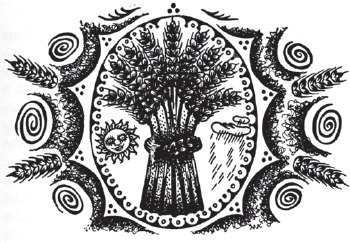 I NTRODUCTION A few years ago we got fed up with shop bread. Even when quite fresh, it was unappetising; it was often poor in texture; sometimes it fell to bits on the board when we tried to slice it.
I NTRODUCTION A few years ago we got fed up with shop bread. Even when quite fresh, it was unappetising; it was often poor in texture; sometimes it fell to bits on the board when we tried to slice it.
And very often it wouldnt keep at all. As for wholemeal bread, this was practically unobtainable; the brown loaves we were offered seemed like very distant cousins, several times removed. We decided to bake our own bread. We had done this before occasionally but now we would go in for it more seriously. We were lucky enough to be living near a mill which still proudly produced a delightfully nutty, stone-ground, wholemeal flour. Their white flour, too, really tasted of wheat and was not just a fine, white powder like the tasteless stuff you buy in packets from the grocer.
The quality of our breadits taste, texture and the way it keptsurprised us. And friends who tasted it became very excited about it, especially the stone-ground, wholemeal bread. You couldnt buy anything like it in the shops, they said. And it suddenly occurred to us that here perhaps was a means of making money. We started a little bakery in our kitchen. Its no easy matter, in these days of Town and Country Planning and Sanitary Inspection and rules and regulations, to start anything, but if the authorities were not exactly enthusiastic about us our customers certainly were.
We started with a dozen and within two or three months we had over a hundred. There was a limit to what we could bake and deliver, however, and eventually we found that we should either have to go in for the business properly and operate on a different, impersonal basis, or we should have to devote all our lives, every minute of them, to the baking, and this we did not want to do. We closed down. But not before we had explored the pleasures of yeast cookery, not before we had tried out and experimented with all sorts of yeast recipes and discovered that the liberal use of yeast in the kitchen opens up a prospect of boundless delights. At the same time we discovered that a good many people are frightened of baking their own bread. Perhaps they are put off by the idea of all the kneading, or theyre mystified by the way yeast works, or they dont think theyve got the right sort of oven, or they imagine they will have to go round draught-proofing their kitchen and all that sort of nonsense; whatever the reason, it is apparently a fact that most housewives, in the south of England anyway, do not like the idea of baking their own bread at home.
They dont know what theyre missing. And now that its no longer a trade secret, so to speak, we would like to explain just how simple and foolproof bread making is. In the first chapter were going to concentrate on plain, ordinary bread and how it can be made in the most trouble-free way, with the most delicious results. Once you have made and tasted your own bread its most unlikely that you will want to return, permanently, to shop bread. Once you have made a plain bread dough and learned the feel of it, once you have seen it rise and shaped it into loaves, and once you have watched them prove and baked them to your satisfaction, then the whole field of yeast cookery lies waiting for you. While we were baking we tried to introduce a new fancy line every week or soFrench bread, Coffee bread, Croissants, Brioches and so on.
Everyone knows how delightful these things are to eat but not everyone is aware how easy they are to prepare. On the whole baking with yeast is easier and more foolproof than making cakes. Yeast is certainly less agitating to work with than baking powder. And so when weve covered the simple bread recipes we would like to deal with some of the more exciting things that can be made with yeast. We thought it might be useful to have a representative selection of bread and yeast recipes collected together between the covers of one little book. We have divided these fancy recipes roughly into two sortsEnglish Tea Breads and Coffee Breads from Abroad.
We have included another miscellaneous section for those recipes that dont seem to fit into either category. The great thing about baking with yeast is the difficulty of failure. If you find the dough doesnt rise, wait just a little longer; it surely will rise if you havent forgotten the yeast altogether, and even if you have left it out you can always add it with a little more liquid and flour and set the dough to rise once more. Again, theres no need to worry if you get some of the ingredients weighed out incorrectly. Flour varies in absorbency anyway, and eggs vary in size and fat in oiliness, and so on. You can always add more flour if the dough is too slack, or more liquid if its too dry.
Really the only thing that can go wrong when baking is leaving the loaves in the oven and forgetting all about them until theyve become nothing more than charred remains. Before we go any further we would like to say something about flour, and yeast. Most people who make their own bread begin doing so because they are not satisfied with their bakers wholemeal bread. This may be because he is a bad baker, because of modern steam bakeries, forced rising and the rest, or because of the poor quality of his flour; it may be that his wholemeal bread is not really made from wholemeal flour at all but from a blended and artificial mixture. Until the introduction of the roller mill in the second half of the nineteenth century, all flour was stone-ground. (If you wanted white flour it had to be sieved, or bolted. (If you wanted white flour it had to be sieved, or bolted.
The white flour of the rich, a hundred and fifty years ago, cannot have been very white.) The roller mill is really a whole series of mills and it doesnt harm the wheat in any way but it enables the miller to separate the flour, the bran, the middlings and the germ. These can of course be blended together again in any proportions you like though normally the bran and the middlings go for stock-feed while the germ is used in many proprietary vitamin preparations. The white flour from a roller mill, whatever the extraction rateif the extraction rate is, say, 72, that means 72 parts of flour from 100 parts whole wheat, so the higher the better from a nutritional point of viewand although it may have been enriched with calcium and vitamins, can hardly be of the same food value as plain, wholemeal flour nothing added, nothing taken away. But most people, children especially, prefer white bread, and if, in other ways, they eat normal, healthy foods, with a fair amount of green vegetables, meat and milk, they should get a plentiful supply of all the vitamins, proteins and minerals they require. (If you do happen to have a small child who only likes to eat white bread, and hardly any other food at all, then why not give him white bread thats been enriched in the making with milk and eggs and fat?) All the same, white bread cannot truly qualify as the staff of life. And the taste, not to mention the texture and the keeping qualities, of home-made bread made from stone-ground, wholemeal wheat flour is so much pleasanter, so much nuttier that it really seems unnecessary to go into all the nutritional reasons there may be for preferring it.
Next page
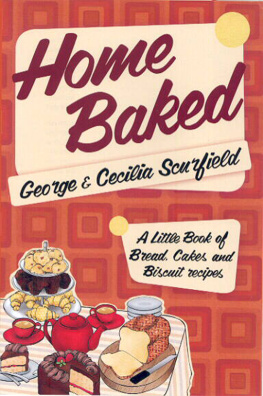


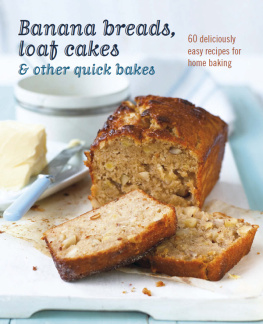
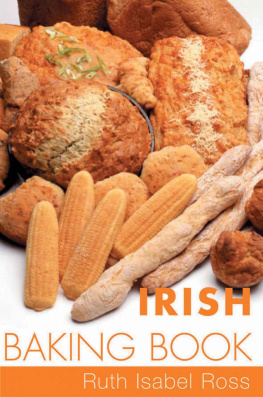
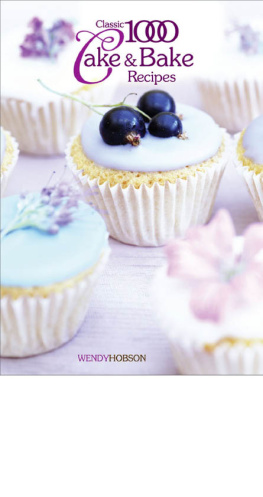
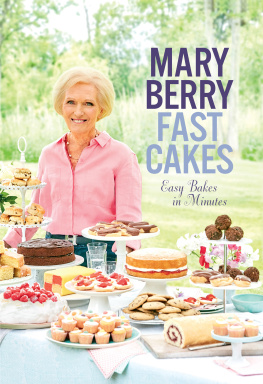
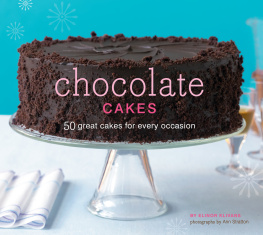
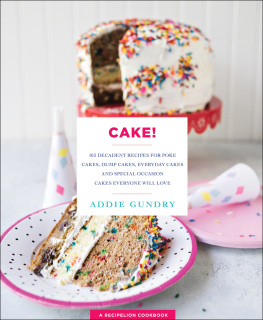
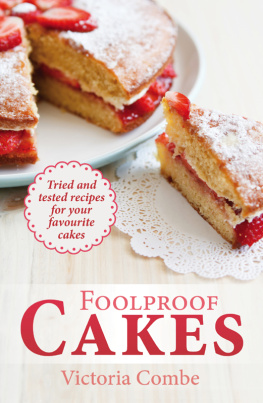
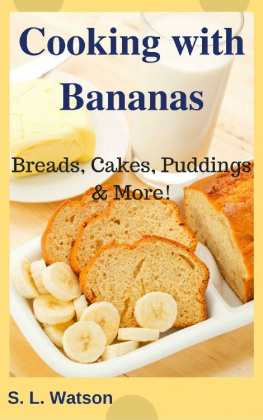
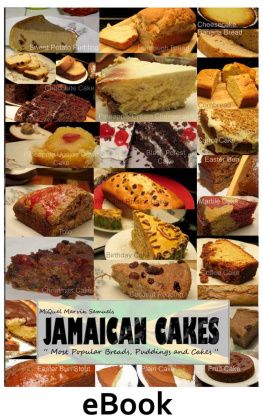
 Published in 2009 by
Published in 2009 by
 I NTRODUCTION A few years ago we got fed up with shop bread. Even when quite fresh, it was unappetising; it was often poor in texture; sometimes it fell to bits on the board when we tried to slice it.
I NTRODUCTION A few years ago we got fed up with shop bread. Even when quite fresh, it was unappetising; it was often poor in texture; sometimes it fell to bits on the board when we tried to slice it.